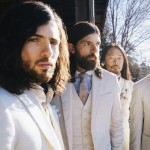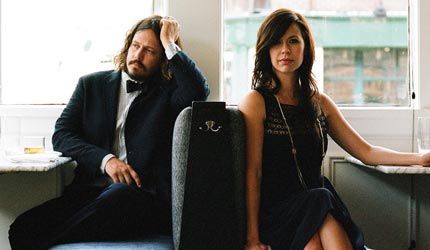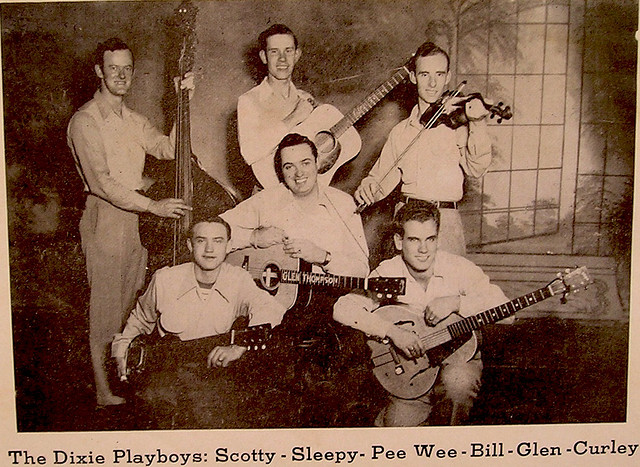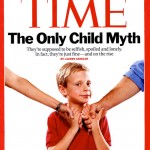Last week, WorldNetDaily published an article by Jack Cashill, author of the book Deconstructing Obama, which alleged that a photo of the president and his grandparents taken in Central Park was actually a photoshop forgery. According to Cashill, the significance of this forgery is that it offers further evidence of Obama’s “missing year,” from 1981-82, during which time, Cashill implies, he could have been making connections with Marxists or Muslims. If he wasn’t in Central Park with his grandparents, where was he? And why have we been tricked into believing that he was there?
The problem with all this is that the “original” is a forgery. As Salon points out, you can still see Obama’s knee in the photo that Cashill claims is the “original.” Here’s where the story gets truly sinister. According to a number of websites which copied or quoted Cashill’s article, his post began with these paragraphs:
In his definitive 2010 biography of Barack Obama, “The Bridge,” New Yorker editor David Remnick features a photograph of a dapper young Barack Obama sitting between his grandparents on a Central Park bench.
The bench is real. The grandparents are real. The wall behind them is real. Barack Obama is not. He has been conspicuously photoshopped in. Who did this and why remains as much a mystery as Obama’s extended stay in New York.
Both conservative and liberal websites archived the article and included these paragraphs at the beginning. But WorldNetDaily appears to have removed these paragraphs, probably in response to the evidence that Cashill was deceptively using a forged photograph to accuse someone else of using a forged photograph. It is not uncommon for blogs to edit an article after it has been published to correct errors, but to make these corrections without acknowledging the mistake is an attempt to rewrite history. The reality is that Cashill misrepresented the facts (intentionally or out of ignorance), WorldNetDaily discovered the error, they deleted the evidence, and kept the rest of the article as if the author was a reliable source.
So, what does this have to do with Christ and Pop Culture? As Christians, we have a responsibility to be honest and to support the truth where we find it. We need to be circumspect and discerning about the kinds of sources that we trust. In my next post, I will explore the importance of being discerning and cautious when we post links on the Internet and share them with friends. Perpetuating and sharing articles and videos that promote or espouse falsehood is damaging to our faith and our witness to the world.
For more on this issue, see Salon’s email dialogue with Cashill and WND about the article.











